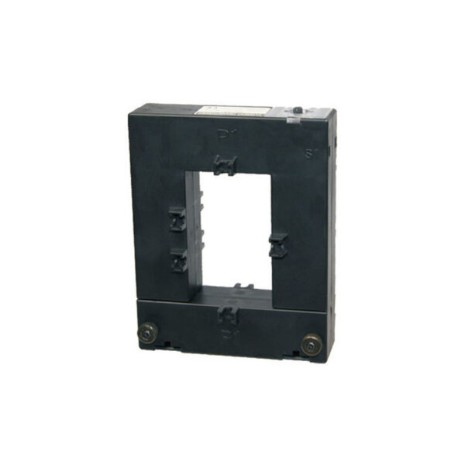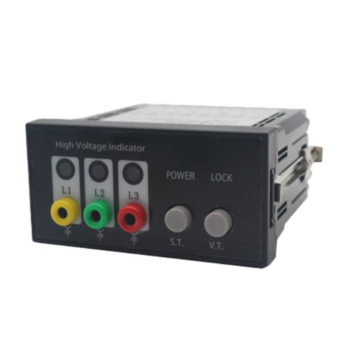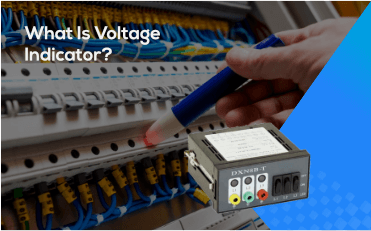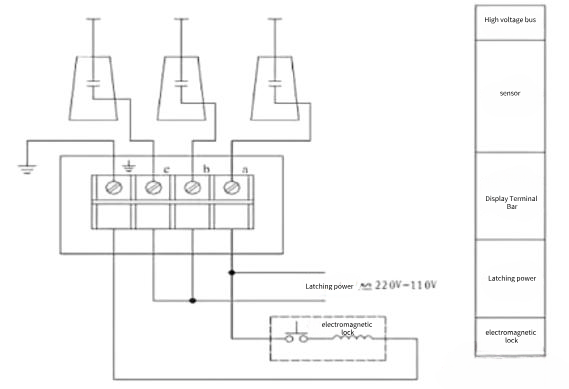
Din Rail Voltage Meter VS Smart Meter – What Is the Difference?
The din rail voltage meter and smart meter are

Understanding voltage classification is essential for the proper application and safety of electrical systems. Voltage classifications typically include Low Voltage (LV), Medium Voltage (MV), and High Voltage (HV), each serving distinct purposes in power distribution and usage. This article explores these classifications and their applications, highlighting their differences and relevant products from Blue Jay.
Voltage classification refers to the categorization of electrical power systems based on the voltage levels they operate at. This classification helps in designing, implementing, and maintaining electrical systems with appropriate safety and performance standards. It also aids in ensuring compatibility with equipment and adherence to regulatory requirements.
Low Voltage (LV) refers to electrical systems operating at relatively low voltages, typically up to 1,000 volts AC or 1,500 volts DC.
Low voltage classification Applications: Residential electrical systems, Commercial buildings.Small industrial setups, Lighting systems, and Consumer electronics.

DP-X Split Core Current Transformer
DP-X Split Core Current Transformer is for the rated frequency of 50HZ voltage below 0.66KV measuring current power and relay protection.
Medium Voltage (MV) systems operate between 1,000 volts and 35,000 volts.
Medium voltage classification Applications: Industrial plants, Large commercial buildings, Power distribution from substations to local transformers, and Renewable energy systems.

GYDCG-UBCW2K-Series IMD Insulation Monitoring Device
GYDCG-UBCW2K series IMD Insulation Monitoring Device can monitor the insulation resistance value of the positive and negative poles of the DC floating system to ground from 0Ω to 10MΩ, and can also detect the DC voltage value from 0V to 2000V.
High Voltage (HV) systems operate above 35,000 volts and are primarily used in power transmission and distribution over long distances.
High voltage classification Applications: Transmission of electricity from power plants to substations, Large industrial facilities, and Railway electrification systems.

DXN-QS High Voltage Indicator
The DXN-QS High Voltage Indicator is a new type of non-contact high-voltage live detection device. It uses an integrated three-phase continuous display to test the voltage loss in the medium-voltage switchgear.
| LV (Low Voltage) | MV (Medium Voltage) | HV (High Voltage) |
l Voltage Range: Up to 1,000 volts AC or 1,500 volts DC. l Uses: Domestic and small-scale industrial applications. l Safety: Lower risk but still requires careful handling. | l Voltage Range: 1,000 volts to 35,000 volts. l Uses: Larger industrial facilities, medium-scale power distribution. l Safety: Increased risk, necessitates specialized equipment and safety protocols. | l Voltage Range: Above 35,000 volts. l Uses: Long-distance power transmission, large industrial applications. l Safety: Highest risk, requires stringent safety measures and robust equipment |
| United States | Europe | China |
LV: Up to 600 volts. MV: 600 volts to 69 kV. HV: Above 69 kV. | LV: Up to 1 kV. MV: 1 kV to 36 kV. HV: Above 36 kV. | LV: Up to 1 kV. MV: 1 kV to 35 kV. HV: Above 35 kV. |
In conclusion, voltage classification is crucial for the safe and efficient use of electrical systems. Understanding the differences between LV, MV, and HV, along with the appropriate applications is essential for anyone working in the electrical field. Blue Jay offers a range of protection products tailored to each voltage classification, ensuring reliable and safe electrical distribution.

The din rail voltage meter and smart meter are

As for a voltage indicator, this article will introduce

Indoor high voltage detector is usually used with high




